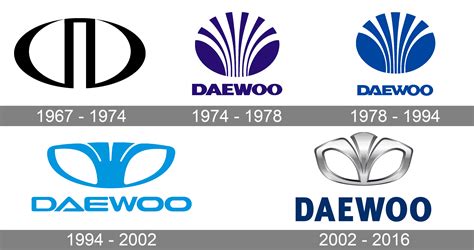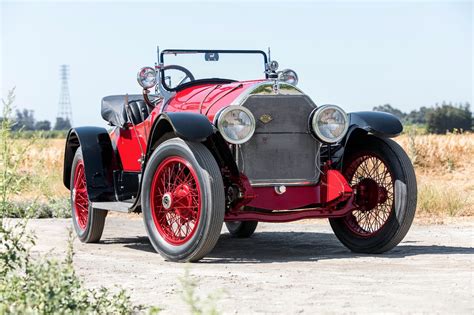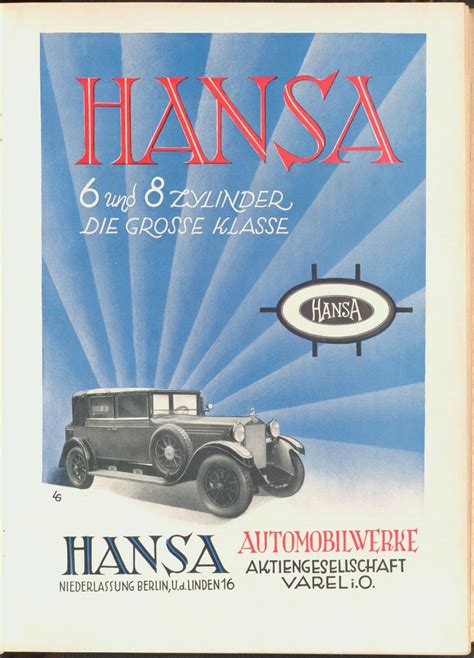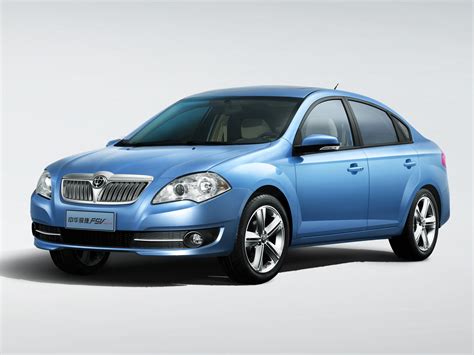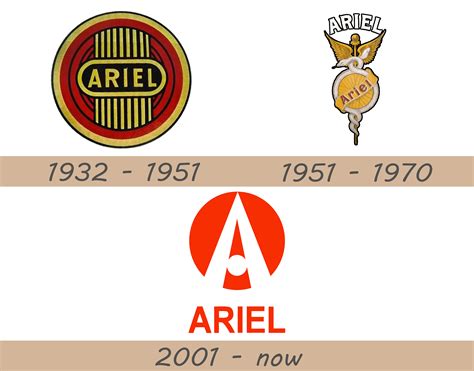Explore the rise and fall of Daewoo Car Company, from its origins to bankruptcy, and its lasting impact on the auto industry.
Origins of Daewoo Car Company
Contents
Daewoo Car Company was established in South Korea in 1967 as part of the larger Daewoo Group, which was founded by Kim Woo-jung. The company began as a small manufacturing firm specializing in textiles and gradually expanded its operations into various industries, including electronics, construction, and eventually, the automotive industry.
In the early 1980s, Daewoo decided to venture into the production of automobiles and established Daewoo Motor Co. The company aimed to compete with established global automakers and quickly gained a reputation for producing high-quality vehicles at competitive prices. Its initial focus was on the domestic market in South Korea, but Daewoo soon set its sights on international expansion, aiming to become a major player in the global automotive industry.
By the late 1980s, Daewoo had acquired state-of-the-art manufacturing facilities and deployed innovative production techniques, allowing it to introduce a range of new models to the market. The company’s commitment to research and development and its emphasis on quality control resulted in a steady increase in sales and a growing presence in key international markets.
Overall, the origins of Daewoo Car Company can be traced back to the vision of its founder, Kim Woo-jung, and the company’s evolution from a small textile manufacturer to a major player in the global automotive industry. The emphasis on innovation, quality, and international expansion laid the foundation for the company’s future growth and success.
Growth and Expansion
In the 1980s, Daewoo Car Company experienced rapid growth and expansion, both domestically and internationally. The company began to invest heavily in research and development, leading to the introduction of innovative new models that captured the attention of consumers worldwide. The company’s commitment to quality and innovation helped it gain a strong foothold in the global automotive industry, and by the early 1990s, Daewoo had established a strong presence in several key international markets.
As part of its expansion strategy, Daewoo formed strategic partnerships with other automakers and suppliers, allowing it to access new technologies and markets. This approach enabled the company to develop a diverse range of vehicles, including compact cars, sedans, and even luxury models, catering to a wide range of consumer preferences. Additionally, Daewoo aggressively pursued opportunities to establish manufacturing facilities in key regions, further enhancing its global reach and production capabilities.
Daewoo’s expansion efforts also extended to its distribution and sales network, with the company establishing numerous dealerships and service centers in major cities around the world. This allowed Daewoo to directly engage with customers and provide them with the support they needed, ultimately strengthening the company’s brand and customer loyalty. By the mid-1990s, Daewoo was widely recognized as a formidable player in the global automotive market, with a strong portfolio of high-quality vehicles and a broad international presence.
Overall, Daewoo’s period of growth and expansion was characterized by its proactive approach to developing new models, forming strategic partnerships, and establishing a robust global presence. These efforts positioned the company as a major contender in the global automotive industry and set the stage for continued success in the years to come.
Introduction of New Models
Daewoo Car Company had always been known for its innovative approach to car manufacturing, and the introduction of new models was no exception. The company consistently pushed the boundaries of automotive design and technology, setting itself apart from its competitors with each new release.
From the compact and efficient Matiz to the stylish and sporty Lanos, Daewoo’s new models were designed to appeal to a wide range of consumers. Each model was carefully crafted to meet the needs and preferences of different target demographics, ensuring that there was something for everyone in the lineup.
Furthermore, the introduction of new models often coincided with advancements in safety features, fuel efficiency, and performance. Daewoo was committed to staying at the forefront of automotive innovation, and this dedication was evident in every new release.
Whether it was the practical Nubira or the rugged Korando, the introduction of new models by Daewoo always generated excitement and anticipation in the automotive industry. Car enthusiasts eagerly awaited each new unveiling, eager to see what groundbreaking features and design elements the company had in store.
Overall, the introduction of new models was a key factor in Daewoo’s continued success and prominence in the auto industry. It solidified the company’s reputation as a leader in cutting-edge car manufacturing and cemented its position as a top contender in the global market.
Financial Challenges and Bankruptcy
Despite its initial success and global expansion, Daewoo Car Company faced significant financial challenges in the late 1990s. A combination of economic downturns in key markets, overexpansion, and reliance on high levels of borrowing led to a severe financial crisis for the company.
As a result of these challenges, Daewoo was unable to meet its debt obligations and filed for bankruptcy in 1999. This marked a dramatic fall from grace for a company that had been a rising star in the global auto industry.
The bankruptcy of Daewoo Car Company sent shockwaves through the industry and had a significant impact on the South Korean economy. It led to the breakup and sale of the company’s assets, including its manufacturing facilities and intellectual property.
The legacy of Daewoo continues to be felt in the auto industry, as it serves as a cautionary tale of the dangers of overexpansion and excessive borrowing. The financial challenges and bankruptcy of Daewoo Car Company serve as a reminder of the need for prudent financial management and sustainable growth strategies in the auto industry.
Legacy and Impact on the Auto Industry
The legacy of Daewoo Car Company in the auto industry is one that has left a lasting impact. Despite facing financial challenges and bankruptcy, the company’s influence can still be felt today in the automotive world.
One of the key impacts of Daewoo’s legacy is the introduction of new manufacturing and production techniques that revolutionized the industry. The company was known for its innovative approach to car design and production, setting a standard for efficiency and quality that inspired other manufacturers.
Furthermore, Daewoo’s impact on the auto industry can be seen in the way it opened up new markets and opportunities for global expansion. The company’s growth and expansion into international markets paved the way for other manufacturers to pursue similar strategies, reshaping the global auto industry.
Despite its eventual bankruptcy, Daewoo’s legacy remains as a reminder of the challenges and risks that come with innovation and growth in the auto industry. The company’s story serves as a cautionary tale for other manufacturers, while also inspiring them to push the boundaries of what is possible.
In conclusion, the legacy and impact of Daewoo Car Company on the auto industry is one that continues to be felt today. From its introduction of new models to its financial challenges and bankruptcy, the company’s influence has reshaped the industry in ways that are still relevant today.

